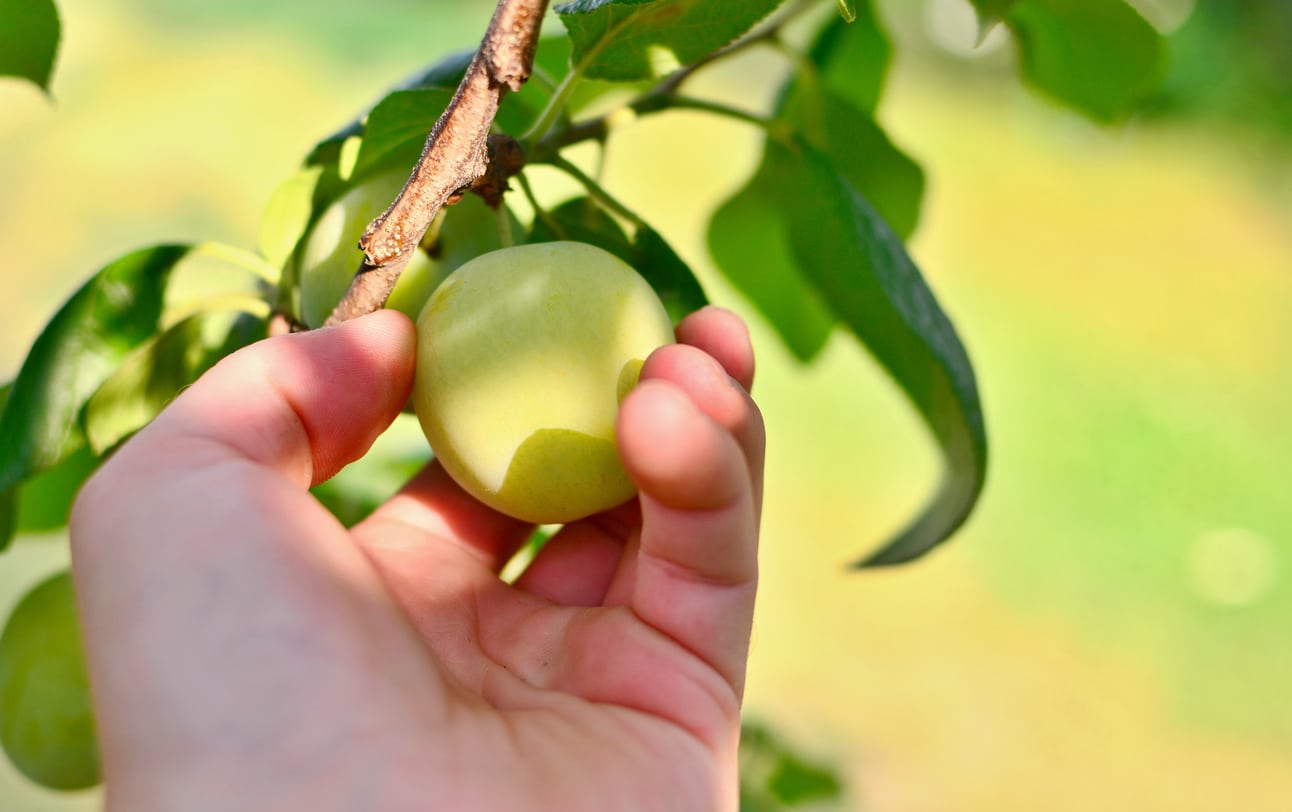Denniston’s Superb Plum Care: How To Grow Denniston’s Superb Plum Trees


What is Denniston’s Superb Plum? Originating in Albany, New York in the last 1700s, Denniston’s Superb plum trees were initially known as Imperial Gage. These hardy trees produce round fruit with greenish-golden flesh and a sweet, juicy flavor. Denniston’s Superb plum trees are disease resistant and easy to grow, even for novice gardeners. The attractive springtime blooms are a definite bonus.
Growing Denniston’s Superb Plums
Denniston’s Superb plum care is easy when your provide the tree with adequate growing conditions. Denniston’s Superb Plum trees are self-fertile, but you’ll enjoy a larger harvest if a pollinator is located nearby. Good pollinators include Avalon, Golden Sphere, Farleigh, Jubilee, Gypsy and many others. Be sure your plum tree receives at least six to eight hours of sunlight per day. These plum trees are adaptable to nearly any well-drained soil. They shouldn’t be planted in heavy clay. Improve poor soil by adding a generous amount of compost, shredded leaves or other organic material at planting time. If your soil is nutrient-rich, no fertilizer is needed until your plum tree begins bearing fruit, usually two to four years. At that point, provide a balanced, all-purpose fertilizer after bud break, but never after July 1. If your soil is poor, you can start fertilizing the tree the spring following planting. Prune as needed in early spring or mid-summer. Remove water sprouts throughout the season. Thin plums during May and June to improve fruit quality and prevent limbs from breaking under the weight of the plums. Water a newly planted plum tree weekly during the first growing season. Once established, Denniston’s Superb plums require very little supplemental moisture. However, the trees benefit from a deep soaking every seven to 10 days during extended dry periods. Beware of overwatering. Slightly dry soil is always better than soggy, waterlogged conditions.
Sign up for the Gardening Know How newsletter today and receive a free copy of our e-book "How to Grow Delicious Tomatoes".

A Credentialed Garden Writer, Mary H. Dyer was with Gardening Know How in the very beginning, publishing articles as early as 2007.